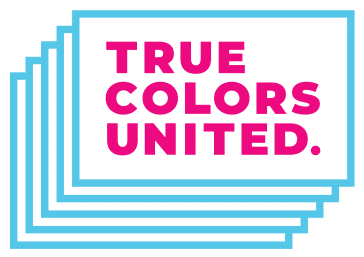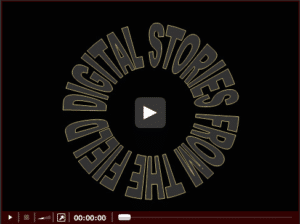 Earlier this month, I attended an event by the Family Equality Council to see Dr. Gary Mallon receive an award for his groundbreaking work with lesbian, gay, bisexual, and transgender (LGBT) youth in the child welfare system. The person who introduced Dr. Mallon and presented him with the award told his own story about being a gay youth in the child welfare system. It was a fantastic speech – moving and funny – and the one thing he said that has stuck with me the most was that he was diagnosed with gender identity disorder and labeled “unadoptable.” That was several decades ago, but when he said that word – unadoptable – his voice shook and his eyes watered as he described the impact of that label. It is a label he didn’t even know he had at the time (he is now a lawyer and reviewed his records as an adult). It is a label that kept him in a system that was ill-equipped to affirm and support his identity.
Earlier this month, I attended an event by the Family Equality Council to see Dr. Gary Mallon receive an award for his groundbreaking work with lesbian, gay, bisexual, and transgender (LGBT) youth in the child welfare system. The person who introduced Dr. Mallon and presented him with the award told his own story about being a gay youth in the child welfare system. It was a fantastic speech – moving and funny – and the one thing he said that has stuck with me the most was that he was diagnosed with gender identity disorder and labeled “unadoptable.” That was several decades ago, but when he said that word – unadoptable – his voice shook and his eyes watered as he described the impact of that label. It is a label he didn’t even know he had at the time (he is now a lawyer and reviewed his records as an adult). It is a label that kept him in a system that was ill-equipped to affirm and support his identity.
Dr. Mallon and many others have worked tirelessly for decades to raise awareness about the needs of LGBT youth in the child welfare system, to develop tools and conduct trainings that are changing the system and, as a result, the lives of the thousands and thousands of LGBT youth in out of home care. While Dr. Mallon’s work focuses on LGBT youth in the child welfare system and our work at the Forty to None Project focuses on LGBT youth in the runaway and homeless youth (RHY) system, we are very often talking about the same young people.
According to the Child Welfare League of America (CWLA), more than half a million children and youth are living in the care of the child welfare or juvenile justice systems. Quantifying the number of young people in these systems that identify as LGBT is challenging, as many hide their identities for fear of harassment and discrimination. Still, those working in child welfare and juvenile justice systems consistently report that LGBT youth are disproportionately represented within these systems. LGBT youth are also overrepresented within the RHY system. In order to improve the lives of LGBT young people, we must work cross-sector and recognize that when one of our systems fails an LGBT young person, they find themselves in the care of another system. When LGBT young people leave the child welfare system and can’t gain access to housing in the RHY system, they are more likely to become involved with the juvenile justice system. Regardless of the system in which they are involved, LGBT youth face unique challenges accessing supportive and affirming care.
The National Resource Center for Permanency and Family Connections, led by Dr. Mallon at the Silberman School of Social Work at Hunter College, is a training, technical assistance, and information services organization dedicated to help strengthen the capacity of State, local, Tribal and other publicly administered or supported child welfare agencies to institutionalize a safety-focused, family-centered, and community-based approach to meet the needs of children, youth and families. One resource available through the National Resource Center is the digital storytelling project (right), which honors the voices and experiences of youth in care. The National Resource Center for Permanency and Family Connections is a service of the Children’s Bureau – ACF/DHHS and member of the T&TA Network.
May is National Foster Care Month, a time to contemplate the children and youth waiting for permanent homes, and to acknowledge foster parents, volunteers, mentors, policymakers, child welfare professionals, and other members of the community who work to find permanent homes and connections for the 400,000 children and youth in foster care.

